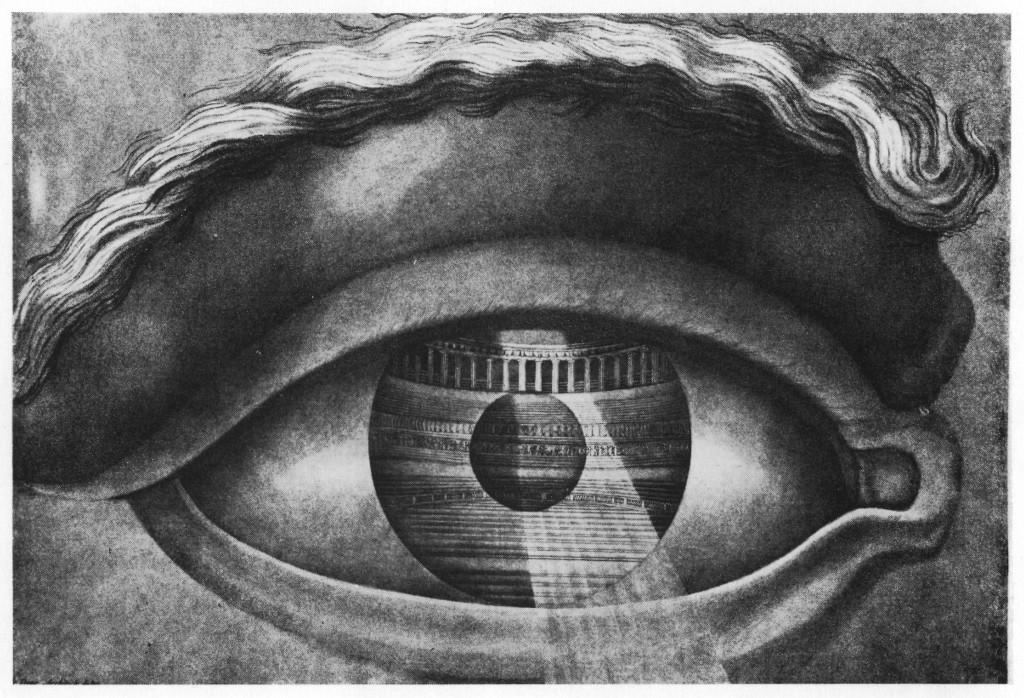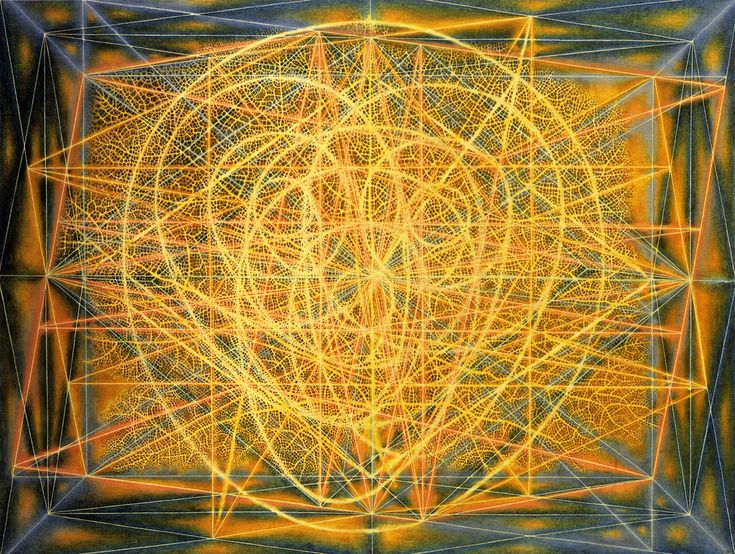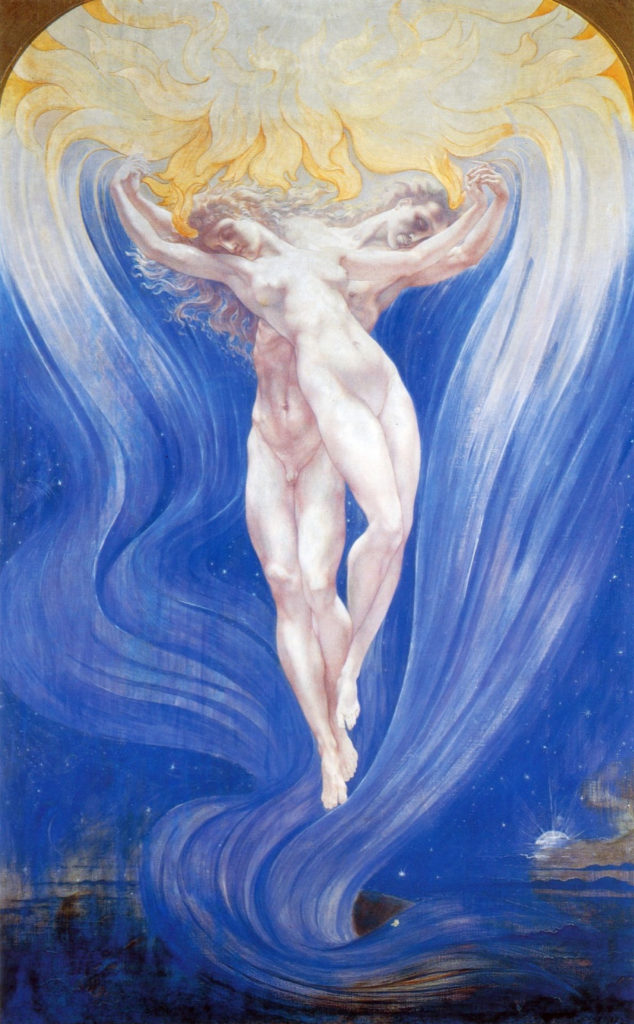
It is, I assure you, alive and well. In burgeoning galleries and festivals, in studios and cafes, just as it always has been. You see, the great art movements of the past century were not spawned from ivory towers of over-intellectualized art theory. The great art movements were spawned from the fomentation of ideas on the street in the hearts and minds of people just experiencing life. The great art movements have always been of and for the people.

Art is a discussion of how we SEE and express our unique worldview. That expression of seeing experienced a major shift in the Western world from the mid 1800s onwards. There, I believe, are several reasons for this:
- The invention of the camera allowed the artist to no longer be the sole reproducer of reality – of landscapes and portraits and still lives.
- Rapid industrialization led to a wealthy upper class who could afford art.
- The great spiritual books of the East were translated into German and English for the first time and spawned spiritualist movements led by such teachers as Madame Blavatsky (Theosophy) and Gurdjieff.
- A tremendous influx of hash and opium arrived via the East India Tea Company, amongst others. That, along with the synthesis of mescaline, helped to lift the proverbial ‘veil of consciousness’ as noted by the philosopher William James in The Varieties of Religious Experience.
- Darwin’s Theory of Evolution caused another great stir in our sense of who we are and where we are going, coupled with the influx of Eastern Literature, it loosened the Western Mind from its ingrained stories and ethno- and anthropocentrism.
Prior to the 1800s, several themes and motifs were repeated over and over ad infinitum in the arts: biblical and mythological scenes, greta battles, portraits, still lives, landscapes, and paintings of ‘people doing things.’ With the camera loosening the artist from portraits and more and influx of new ideas coming together in the artistic minds, the aforementioned shifts seems to have caused the artists on the edge of exploration to look up from this repetitive story and say ‘what else is there to paint?’

“It is that our normal waking consciousness, rational consciousness as we call it, is but one special type of consciousness, whilst all about it, parted from it by the filmiest of screens, there lie potential forms of consciousness entirely different. We may go through life without suspecting their existence; but apply the requisite stimulus, and at a touch they are there in all their completeness, definite types of mentality which probably somewhere have their field of application and adaptation.”
– William James, “The Varieties of Religious Experience”
The desire to explore beyond our ordinary waking consciousness helped to inspire the art movements of the modern day (1850s onwards) when art took a direct turn from what it had been to what it could be. Out of the NeoClassicism of the early-1800s, Romanticism was the first to take a stab at new expressions. using the tools and symbols at their disposal, artists attempted to capture emotion and broader archetypes through their lenses – for example, Thomas Cole’s ‘Stages of Man’ series. From that the Symbolists – Gustave Moreau, Jan Toroop, Jean Delville, Frantisek Kupka (who would later turn towards abstraction) and others worked towards utilizing their work as an expression of pointedly mystical yet non-religious experiences. I am of the opinion that the ‘visionary’ arts of today can find their roots in this expression.

Later, as the century reached it’s end, creative expressions turned towards not just telling a story through the art, but using the art as a medium of exploration of how we see. Impressionists – Monet and Rousseau and others – dissected color and line – finding it’s vision in the some hazy area between our eyes and the world outside. Impressionists evolved towards Expressionists like Degas and Lautrec and Munch and the desire to capture the feeling – the expression – of the thing rather than just a recreated illustration of it.